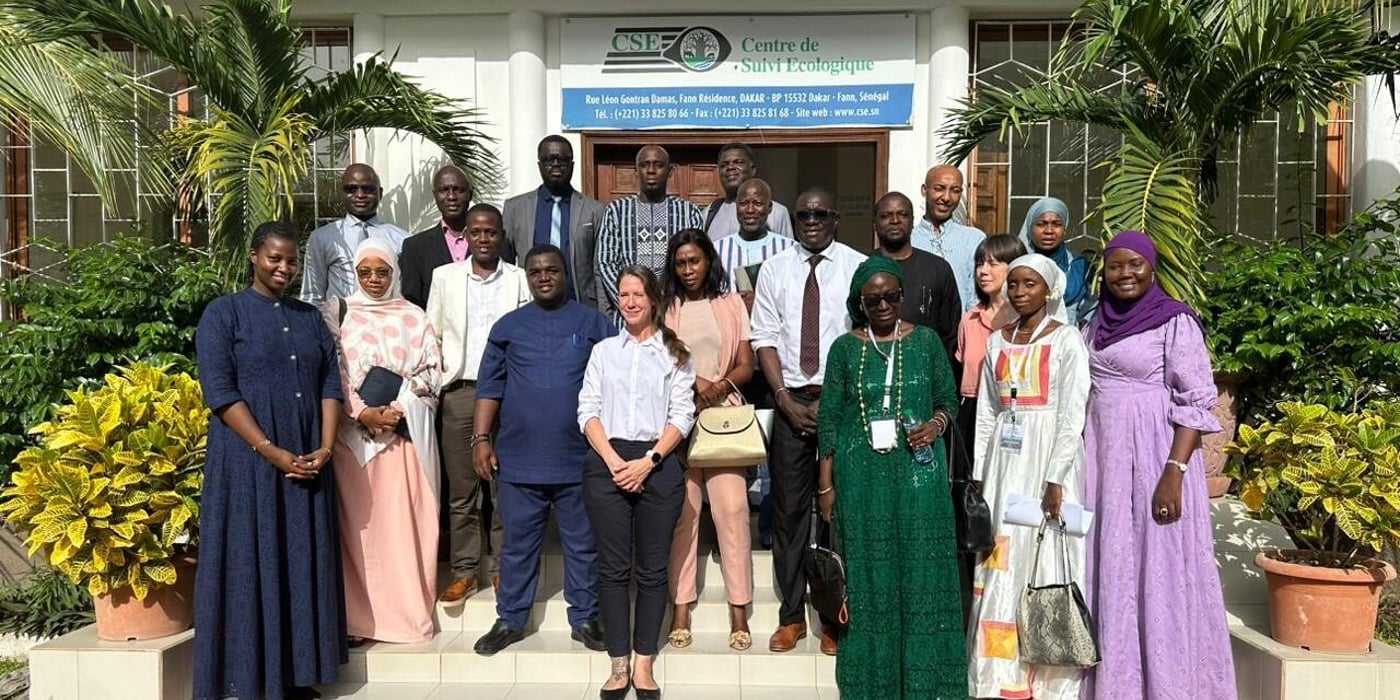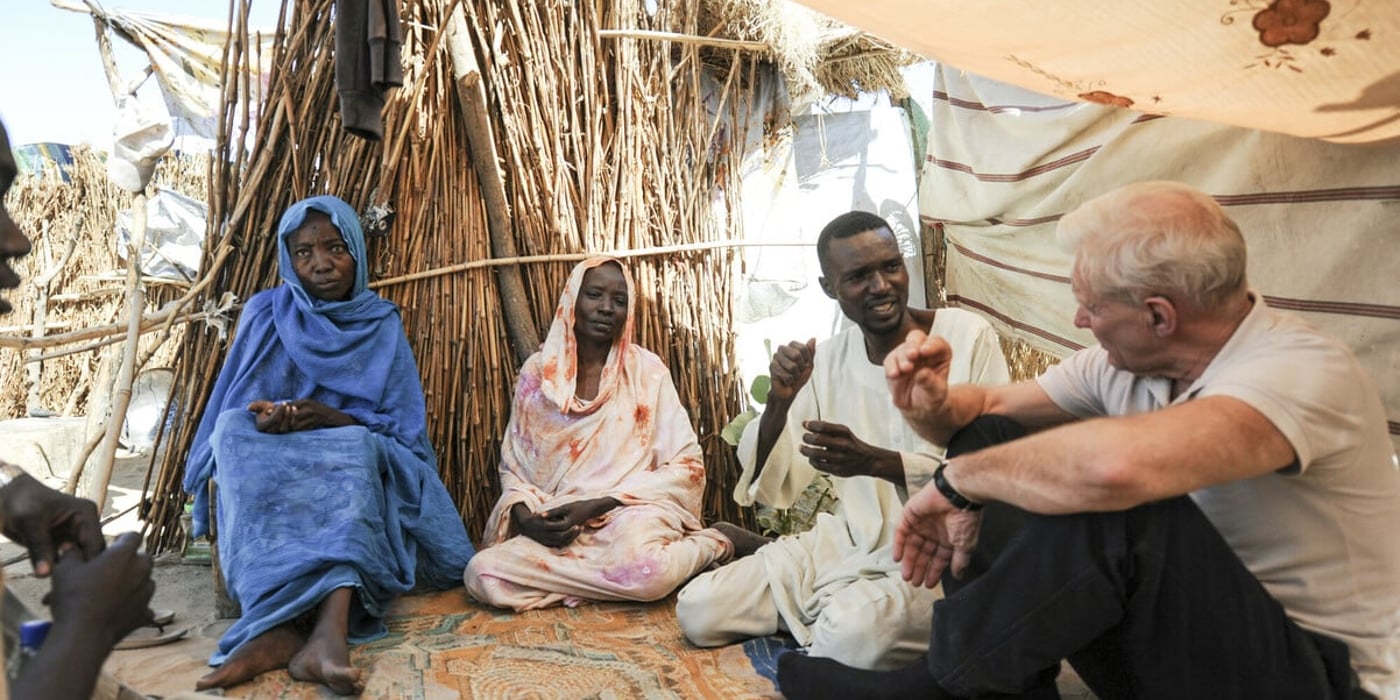
Under the blistering midday sun, Halima (32) gathers her 10 children together on the dusty airstrip. She points to an array of luggage laid out on the runway and nods to theirs. A lifetime of belongings lay bundled up neatly before them. The children look on with anticipation as a United Nations plane appears on the horizon. For several of them, it will be their first time to fly.
Halima and her family are about to board the plane for Mogadishu along with 40 other families. They have high hopes to rebuild new lives in Somalia’s capital. "All our friends in Dadaab have left and gone back to Somalia," said Halima. "It’s a sign to us that it’s time to leave."
Halima is one of about 23,000 refugees who have left Dadaab’s five camps this year to return to Somalia. They are part of a return programme called the Tripartite Agreement set up in 2013 by the UN’s refugee agency (UNHCR), and the Kenyan and Somali governments.
All our friends in Dadaab have left and gone back to Somalia. It’s a sign to us that it’s time to leave.HALIMA (32), Somali refugee returning home

In May this year, the Kenyan government announced plans to close the Dadaab camps, and repatriate all the current 270,000 Somali refugees there, as soon as possible. Uncertainty and fear spread among the refugee community. Some residents of the camp are uncertain about their future if they don’t leave now. Others are taking the opportunity of the assistance being offered by the UN and aid agencies.
"Families like Halima’s leaving a refugee camp in Kenya must not end up in a displaced camp in Somalia," warned NRC’s Country Director for Kenya Neil Turner. "We must to everything to prevent a revolving door scenario, where they return to Kenya as unregistered refugees."
Families like Halima’s leaving a refugee camp in Kenya must not end up in a displaced camp in Somalia.NEIL TURNER, NRC’s Country Director for Kenya
"This will only be achieved if the authorities and aid agencies on both sides of the border are focused on helping people set up new lives for the long run. This means investing in social services like schools and hospitals in Somalia, and supporting livelihood programmes so people returning can earn a living," said Turner.
The Norwegian Refugee Council (NRC) is working to ensure that families returning to Somalia are given information about the areas they are going to, that process is well coordinated and that returnees are protected.

It runs a helpdesk in Dadaab to provide information to refugees who are considering moving back to Somalia. Making an informed decision to return home is important, as some parts of Somalia are still insecure and many areas are still without social services.
In Somalia, NRC has developed an innovative programme to support refugees who have returned from Dadaab. The programme has three parts; integrated return, reintegration and resilience support to returnees. It ensures that returnees are supported from the preparation stage of leaving Dadaab, helped to safely reach their destinations in Somalia, and provided with long-term reintegration opportunities so they can build new lives.
Yesterday I had nothing in the camp. Now I have a small aid package to help us return.HALIMA (32), Somali refugee returning home
Halima’s family have high hopes for their future in Somalia. "Yesterday I had nothing in the camp. Now I have a small aid package to help us return," she says. "I will make a life for myself and my family in Mogadishu. I am a confident woman and strong mother."
As the last of their luggage is boarded on the UN plane, the children buckle their seatbelts with a mixture of nervousness and excitement. They look out onto Dadaab’s vast camps for what will hopefully be the last time.



